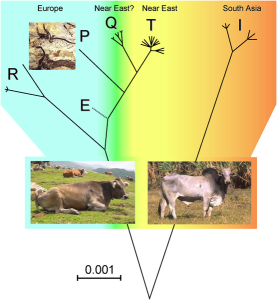I know I nibbled it, but the recent discussion on Global Voices about how Japanese agriculture is changing really deserves a bit more attention. I was particularly struck by what may just be the green shoots of burgeoning interest in agriculture among the young. There’s a fair way to go, of course.
In the next 10 years, the majority of farmers in Japan will be 70 or older according to an Agriculture, Forestry and Fisheries Ministry survey, mainly because the younger generation doesn’t want to take over the family business, many young farmers said.
But countering that is the trend for celebrities to get involved in farming. Plus there’s the pilot agriculture-experience program. And increasing use of the internet in farming, including blogging.
Japanese agriculture may just get the shot in the arm it needs after all.
